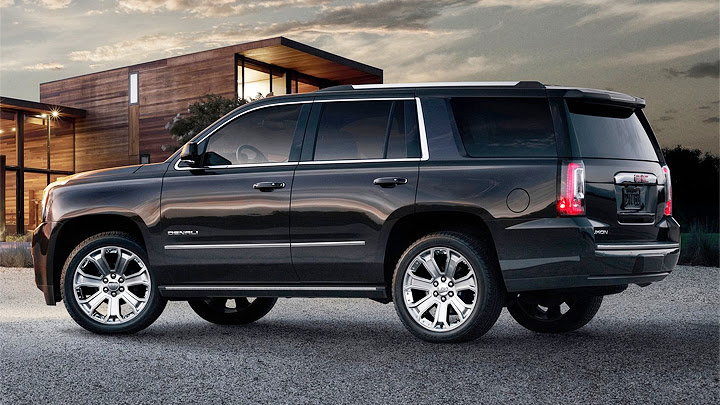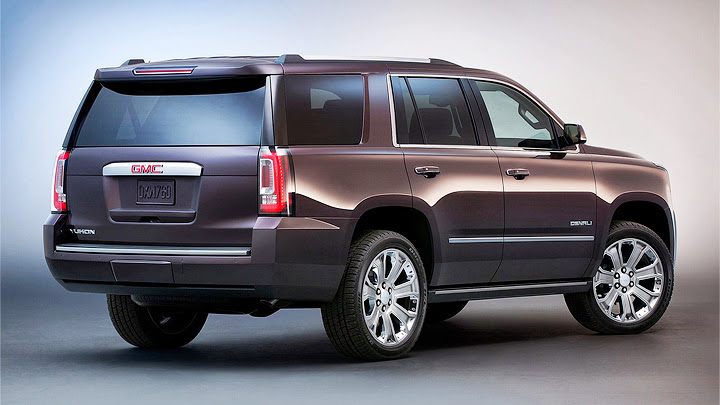
GM’s way of practicing badge-engineering, as well as Chrysler and Ford’s, results different because it could be described as “vertical”, while most automakers work “horizontally”. The most common case is to share the car between companies, all of them selling it with similar equipment, powertrain and even price options like if they were completely unrelated – Citroën C1, Peugeot 107 and Toyota Aygo are an example of that. North-American automakers, in turn, share their vehicles between each one’s own marques. This strategy was more popular in the 1980s and the 1990s, making these marques work as low to high trims (hence the “vertical”) instead of using versions, like Ford’s S, SE and SEL.
Despite the drastic reduction suffered due to the 2008’ crysis, the latter case is still frequently seen in the US and still has nice acceptance. After all, these “twin cars” bring considerable pricing differences, in order to suit each marque’s market, while most of the others need to be sold each one in a different market or end competing against themselves. GM’s truck division is GMC, but without concentrating all of them in it like RAM does at Chrysler. GMC works as Cadillac’s counterpart in the upscale market, while Chevrolet takes care of both urban and commercial vehicles at the lower price ranges. Since the clients have always accepted all of this very well, GM doesn’t even try to hide the “genetic work”: the new Yukons were showed at the very same moment as the new Chevrolet siblings Tahoe and Suburban.








However, like it was mentioned, Yukon’s short and long-wheelbase versions are much more than just rebadged Chevrolet SUVs. The front fascia is completely exclusive, using more discreet headlights than those others’ and a much more imponent grille: three-section black one as standard and all-chrome for Denali. The sides don’t try to hide the cars’ origins, but respond to the upscale touch with 18-inch wheels (20” or optional 22” for Denali). And at the rear there are slightly different lights and some silver-colored accents. The only difference between a Yukon and a Yukon XL of the same trim is the latter’s 20-inch increased length, 14 of them on the wheelbase.
Like Tahoe and Suburban with Silverado, the Yukons take the entire mechanical and structural parts from Sierra, which means there will be countless comfort, entertainment and safety systems one more time – fortunately. At the latter department, it will be possible to have automatic braking, front-collision and lane-departure warnings and rear-cross traffic alert. Besides, Denali replaces the standard projector-beam headlights with HID units. But safety items and structural specifications still aren’t the biggest difference in favor of the GMC SUVs. GM will try to seduce the wealthy big families not with talking about numbers and collision statistics, but simply making them enter any of these cars.





The central console copies Tahoe and Suburban’s even at the element shapes, but there’s an entirely exclusive coating scheme. Combining black and graphite-gray with chocolate-brown and matte beige looks much fancier, specially without too much chrome accents. The dashboard is no longer shared with the pick-ups and features a lot of family-friendly items: several cargo areas, an eight-inch touchscreen for the infotainment system, second and third seat rows with easier access and even available power folding for both. While Cadillac doesn’t release the all-new Escalade, which won’t take long now, Yukon will be GM’s best SUV for a little time.
Opening the hood will always reveal a V8 engine, at this first moment, which can be a 355 hp, 383-lb-ft 5.3L or a 420 hp, 460-lb-ft 6.2L (which is standard for Denali). They will always be combined to a six-speed automatic transmission, but won’t be joined by hybrid or diesel options for a while. There will be equipments like electric power steering, magnetic ride control and noise-cancellation system, along with all the fuel-saving technologies like cylinder deactivation, which were presented with Tahoe and Silverado. And, once again like their bow-tied brothers, GMC Yukon and Yukon XL are expected to hit the streets on next year’s second trimester.